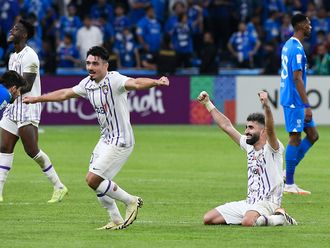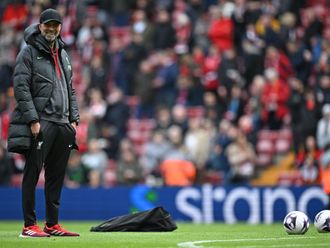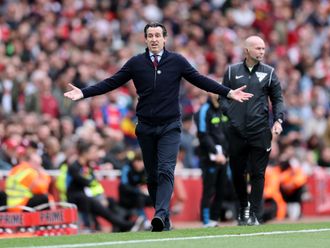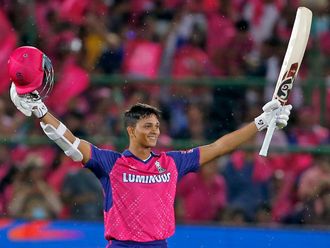The second edition of the Indian Super League (ISL) is all set to kick off to Bollywood diva Aishwarya Rai Bachchan’s tunes on Saturday.
There is a much more settled look this time about the footballing clone of the IPL, though it seems to have put the football system in India at the crossroads.
When ISL took off last year — exactly a year behind schedule — there was no dearth of doubting Thomases. However, the sleek marketing of the product, as well as a sustained crowd response at all venues, has brought about the inevitable question this time around — does the country need it’s official national league (the I-League) any more?
The clamour for merging the franchise-based league with club one, which has gathered steam over the year, has compounded the problem for the All India Football Federation (AIFF). Unlike the I-League, which is a product owned by the governing body, it does not really have much control over its glitzy counterpart owned by IMG-Reliance, the federation’s high-profile marketing partners.
The eight franchises, owned by a heady assortment of industry houses, Bollywood stars, leading current Indian cricketers and some legendary ones, have a mind of their own and operate in an IPL-style environment. Their control over the footballers are complete — which saw the Indian national team having to embark on two upcoming World Cup qualifiers (against Turkmenistan on October 8 and Oman on October 13) without any form of a camp as the national team players were busy training abroad with their respective franchises.
The fate of the I-League is exactly what the clubs were worried about when the ISL loomed for them as a threat in 2013, and their ‘parent body’ has no answer to the quandary as of now. The recent development of two of the I-League clubs — Pune FC and Bharat FC — planning to fold up because of financial constraints has further magnified the problem.
It’s not that the traditional club loyalties have lost their charm after just one ISL season. The euphoria over Mohun Bagan winning the I-League earlier this year — at a time when Atletico de Kolkata is threatening to make a dent among the new-age fans of Mohun Bagan, East Bengal and Mohammedan Sporting — was a heartening one. So was the 85,000-strong crowd that thronged for the Kolkata derby only last month.
It’s the century-plus institutions like the ‘Big Three’ from Kolkata, the Salgaocars and Dempos from Goa who have sustained the club football structure in India all the while, only to be left fighting a behemoth with greater money power and marketing resources at its disposal.
The existence of two leagues also seems to be increasingly unfeasible — largely from a point of sustainability, even if one discounts the legalese. The search for a solution needs to begin now, and it has to be the AIFF rather than the ISL who has to make the first move on this score.









